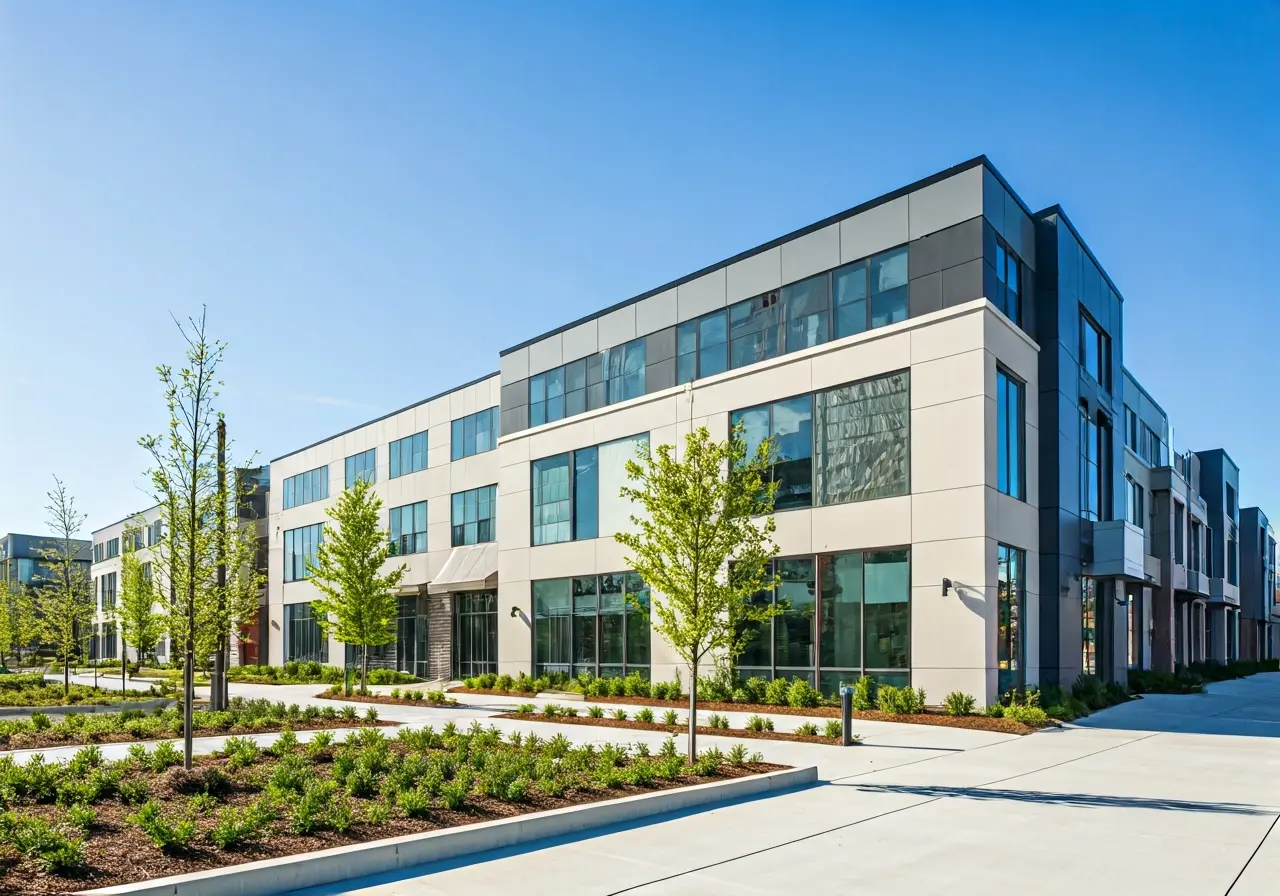Retail’s performance in the ‘moment of truth’ signals growth opportunity. Are companies ready to capitalize?
Holiday cheer comes in many forms, including economically. Mastercard reported that 2021 holiday retail sales rose 8.5% year over year, the fastest pace in 17 years.
That should put some pep in the step of U.S. industry, especially when you consider that consumer spending makes up about 70% of gross domestic product with a considerable chunk of that taking place in November and December. The National Retail Federation has reported that a fifth of all retail sales occurs in the year’s last two months.
The Scrooges out there might want to point out that growth coming out of a pandemic is skewed, that it’s kinda like appreciating the step forward after two steps back. To those saying nay versus making hay, we’d like to point to more promising stats from Chain Store Age’s reporting of the Mastercard “SpendingPulse” report, which tracks in-store and online retail sales (excluding automotive) across all forms of payment. Not only did in-store holiday sales increase 8.1% compared to 2020, they were up 2.4% over the pre-pandemic 2019 holiday period.
E-commerce holiday sales were up 11.0 % year-over-year and a whopping 61.4% compared to 2019. All told, e-commerce has expanded from 14.6% of total retail sales in 2019 to 20.9 percent last year.
Clothing and jewelry were the leading categories fueling the 2021 holiday retail sales performance. Mastercard found that apparel sales rose 47.3% year-over-year and 29% compared to 2019, and jewelry purchases increased 32% year-over-year and 26.2% compared to the holiday season immediately prior to the pandemic. Electronics also fared well with 16.2% year-over-year sales growth and 19.8% compared to 2019.
Additional findings from the Mastercard report include department stores staging a “comeback of sorts,” as CSA called it, with sales increasing 21.2% year-over-year and 11% over 2019. Consumers shopped early and Thanksgiving weekend remained a key sales emphasis for retailers. Sales for the long weekend were up 14% over 2020.
In comparison to the pre-pandemic year of 2019, it’s no surprise that shopper store traffic was down for the full six-week holiday period (measured from the Sunday before Thanksgiving Day, Nov. 21, 2021, through Jan. 1, 2022). Sensormatic Solutions reported a drop of 19.5% in that two-year span, but on-site visitor volume rose 18.9% over 2020.
That not only means that consumers were more willing to return to stores this past year, it also underscores the importance of retailers’ ongoing marketing efforts to attract those visitors. As discussed recently in this space, 87%of consumer sales happened on-site within brick-and-mortar stores in the third quarter of 2021. Whether it’s a community-focused mall overhaul or a major retail pivot like Tanger Outlets, companies need to make sure they’re ready for the continued ‘return to retail’ with the right team of brand makers, storytellers and creative advocates that know all about innovation to achieve retail reinvigoration.
“The increase in holiday sales figures and traffic numbers are great to see, of course, but consumers aren’t merely running to the first retail oasis they see,” said Marcia Homer, infinitee’s Director of Brand Management. “Shoppers have more options and awareness than ever before. Connecting beyond the commercial with consumers calls for marketing that is purpose-driven, well-researched and user-based.”

.jpg)
